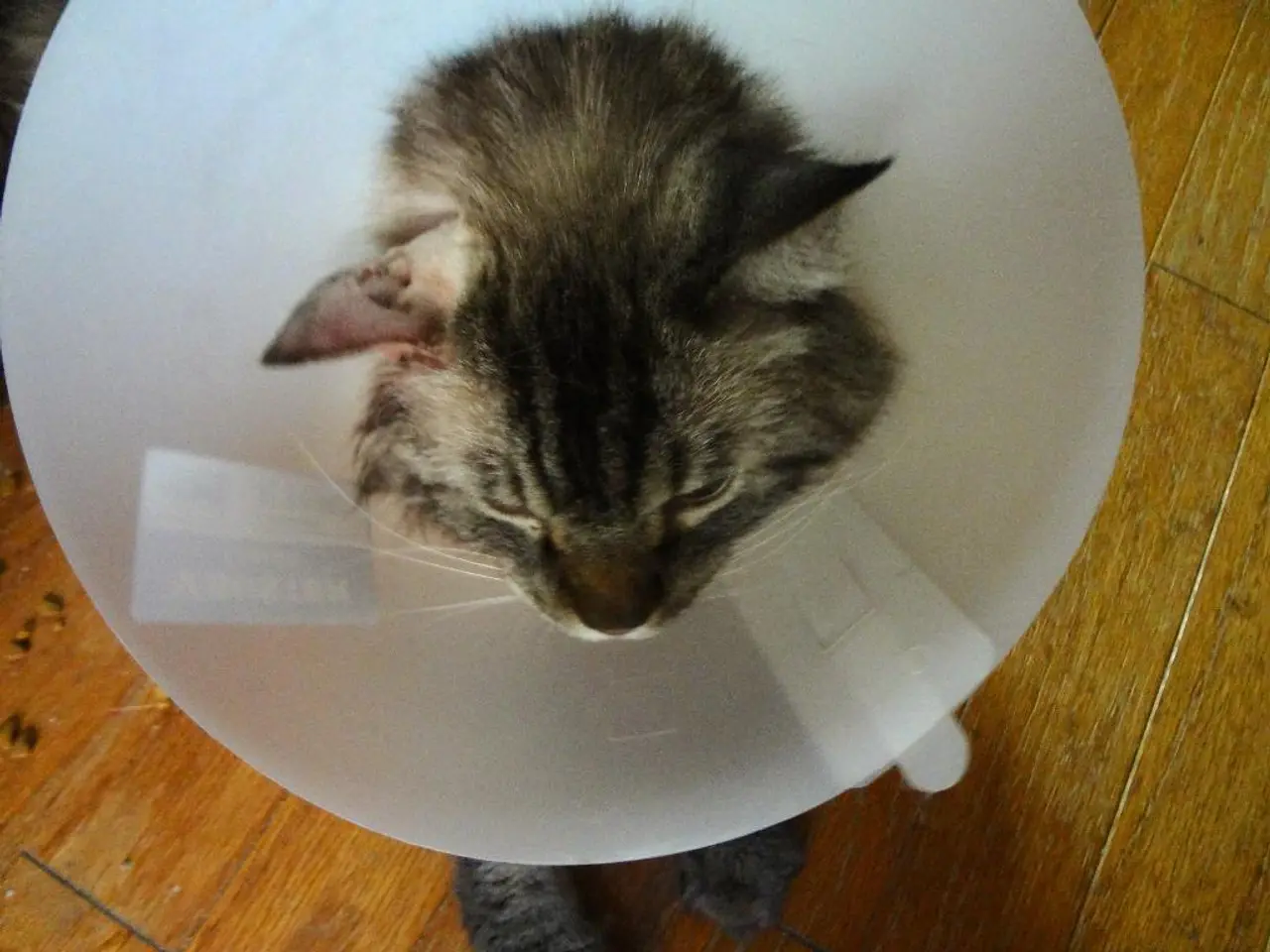Suprapubic Catheters: A Safer, More Comfortable Urinary Drainage Solution
A suprapubic catheter (SPC), also known as a suprapubic cystostomy catheter, is a medical device inserted directly into the bladder area to drain urine when natural urination is not possible. This method is often preferred to regular catheters to prevent infections and genital tissue damage. Here's a closer look at SPCs, their insertion and removal processes, benefits, and potential complications.
An SPC is inserted a couple of inches below the navel, directly into the bladder area, avoiding the urethra and genital area. The procedure involves local anesthesia, locating the bladder, inserting the catheter using a Stamey device, inflating a balloon to secure it, and cleaning the area. Once inserted, an SPC is more comfortable than regular catheters as it does not pass through sensitive urethral tissue.
SPCs are used for various conditions such as urinary retention, incontinence, pelvic organ prolapse, spinal injuries, paralysis, multiple sclerosis, Parkinson's disease, benign prostatic hyperplasia, and bladder cancer. They are typically left inserted for four to eight weeks before needing to be changed or removed. The removal process involves deflating the balloon, pulling out the catheter, cleaning the area, and stitching the opening shut.
While SPCs offer a more comfortable and safer alternative to regular catheters, they also come with potential complications like improper drainage, leakage, blood in urine, infection, abnormal pain, discharge, internal bleeding, or perforation. Proper care, including drinking plenty of water, emptying the urine bag regularly, cleaning the insertion area, and avoiding powders or creams around it, is crucial to prevent these issues.




